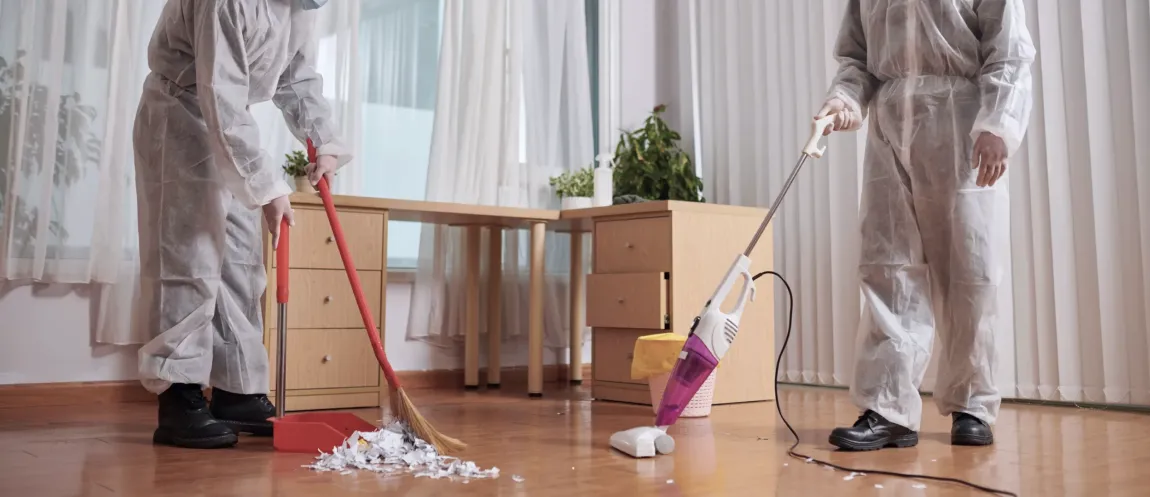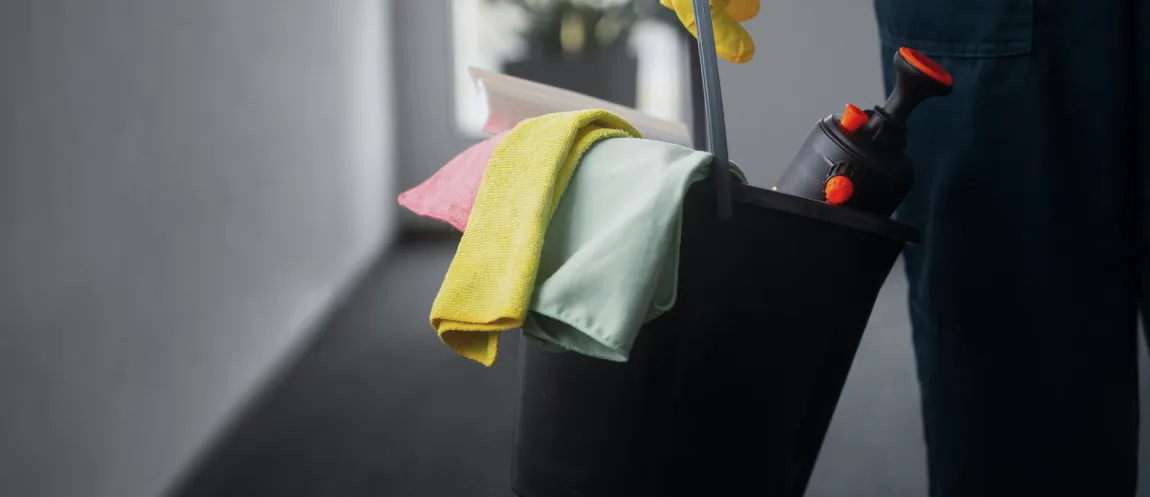Creating a safe and functional living environment for someone struggling with excessive accumulation requires more than standard cleaning procedures. The process becomes effective only when it addresses both the physical aspects of clearing space and the psychological components that led to the situation.
Many families discover that approaching with judgment or criticism only creates resistance and damages relationships. Successful interventions recognize the complexity of the situation and prioritize dignity, autonomy, and emotional well-being alongside the practical need for a safer living environment.
The Challenges
The Psychological Component
Excessive accumulation stems from complex psychological factors that affect how individuals perceive their belongings.
Those facing this challenge often experience intense anxiety at the thought of discarding items, regardless of their objective value. This anxiety reflects genuine distress triggered by parting with possessions that may represent security, utility, or emotional connections.
Safety and Health Concerns
The physical accumulation creates numerous health and safety risks that must be addressed during cleanup.
Living spaces overwhelmed with possessions present real dangers, including fire hazards, structural risks, and falling hazards from unstable stacks. Health concerns often include poor air quality, pest infestations, and limited access to essential facilities.
Compassionate Approaches to Cleanup
Building Trust and Cooperation
The foundation of successful hoarding cleanup services begins with establishing trust and creating a collaborative framework.
Effective helpers approach the situation without judgment, recognizing that criticism and shame only increase resistance. Instead, they demonstrate respect for the individual’s autonomy by involving them in decisions about their possessions and living space.
Setting Realistic Goals
Creating achievable objectives helps prevent overwhelming everyone involved in the cleanup process:
- Focus on one small area at a time rather than the entire living space
- Establish clear criteria for keeping, donating, or discarding items
- Schedule short, productive sessions instead of marathon cleanups
- Build in breaks and opportunities to process emotions that arise
- Celebrate small victories to maintain motivation and morale
Providing Emotional Support
Throughout the cleanup process, emotional support remains as crucial as the physical removal of items.
Professional hoarding cleanup services understand that individuals need continuous reassurance during this challenging process. Helpers should validate feelings of loss, anxiety, or grief that emerge when parting with possessions.
The Cleanup Process
Safety Preparations
Before beginning the physical cleanup, proper safety measures protect everyone involved:
- Equip all helpers with appropriate protective gear, including gloves, masks, and sturdy footwear
- Create clear pathways to ensure emergency exits remain accessible
- Identify and address immediate hazards like unstable piles or exposed wiring
- Have first aid supplies readily available
- Establish a plan for breaks and hydration, especially in poorly ventilated spaces
Assessment and Planning
Before removing a single item, experienced cleanup specialists conduct a comprehensive assessment of the living space. This evaluation identifies safety risks, determines the extent of the accumulation, and establishes priority areas.
The Sorting Process
The core of the cleanup involves methodical sorting of possessions into clear categories:
- Items to keep that serve current needs or hold genuine sentimental value
- Possessions to donate that others might benefit from using
- Objects to discard that present health hazards or are damaged beyond use
- Items for a “maybe” category that can be revisited after initial progress
- Documentation of valuables or important papers discovered during cleanup
Deep Cleaning
Once areas have been cleared of excess possessions, thorough cleaning restores the space to healthy conditions.
After removing accumulated items, professional cleaning addresses sanitation issues that often develop in crowded living spaces. This process includes removing dust, disinfecting surfaces, and treating any pest infestations.
Long-Term Support Strategies
Maintenance Planning
Preventing reaccumulation requires ongoing support and practical strategies:
- Establish simple organizational systems that the person can easily maintain
- Create regular schedules for basic cleaning and maintenance tasks
- Implement the “one-in, one-out” rule for new acquisitions
- Arrange periodic check-ins with supportive friends or family
- Consider continued professional support for more challenging areas
Therapeutic Support
Many individuals benefit from ongoing therapy with professionals who specialize in hoarding behaviors and related conditions. Cognitive-behavioral approaches help challenge distorted thinking about possessions and develop healthier decision-making patterns.
Working with Professional Services
Some situations benefit significantly from specialized hoarding cleanup services with experience in complex cases.
Professional intervention becomes particularly valuable when the accumulation exceeds what family members can safely address, when biohazards are present, or when the emotional dynamics have created significant family conflict.
The Bottom Line
Addressing significant accumulation requires balancing physical cleanup with emotional support. The most successful approaches combine patience, respect, and practical strategies tailored to the individual’s specific needs.DLL Cleaning Services help with hoarding cleanup with trained technicians who understand both the physical and emotional dimensions of the process. Contact us for a confidential consultation about how our services can support recovery.
FAQs
How long does a typical hoarding cleanup take?
The timeline varies depending on the size of the space, the extent of accumulation, and the individual’s readiness. Small apartments might require 3-5 days, while larger homes with severe situations could take weeks with sessions spread out to manage emotional stress.
Can someone be forced to clean up their home against their will?
Except in extreme cases involving imminent danger or legal intervention, cleanup should be voluntary. Forced cleanup without addressing underlying issues typically leads to reaccumulation and increased distress.




